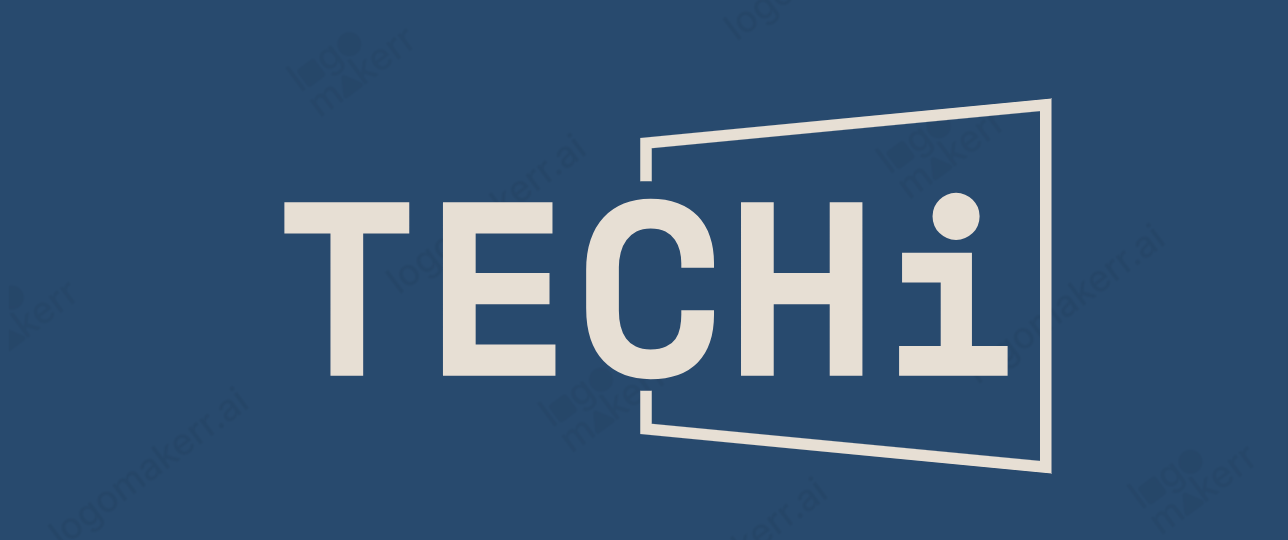Alright, this just kicked my netherparts right off my abdomen. Enter Leonar3do. Before watching the video, I was pronouncing it ‘Leonaredo’ and scratching my head. I think the 3 is silent. Regardless, it indicates the number of dimensions that are about to blow your mind.
Surely you’ve heard tell of Zbrush – it’s a popular CG sculpting tool that allows you to, via mouse or preferably tablet (a real, traditional, Wacom-style tablet, not an iPad), get your freak on sculpting dynamically in real time. In its own right, it’s a big step up from traditional Rhino- or 3DSMax-style modelling. As if I just referenced Rhino.
Anyway, yeah, Zbrush. It’s the tits. The cat’s pyjamas. Wouldn’t it be great to take that a step further? To Tom Cruise the hell out of a holographic lump of digital clay? To give that pyjama’d cat some matching slippers? Wait, I see that grin forming. You know where this is going, don’t you? Yeah, you know where this is going. I know, right?! Seriously, this is going to explode your Saturday.
Clarity, for the rest of you: Leonar3do is to digital art what Minority Report is to crime fighting. If you haven’t seen Minority Report yet, I dunno what else to tell you. Here at Techi we’ve probably collectively referenced the film like eight hundred times. If you’re not in the know, you’re not in the know.
But don’t be sad! I brought a handsome leather chest full of videos to explain the unexplainable and show off what is undoubtedly the future of 3D art. The last one’s even in English! Seriously, your Saturday is all downhill from here. You’ll be at the club tonight, drinking, dancing, and completely disenchanted, your thoughts fixed on Leonar3do. And you know what? I’m not sorry.

Wow! The second one is in Hungarian!
Yea dude, it was invented by a hungarian guy, Daniel Ratai.
cool. I’m hungarian too 🙂
I’m hungarian too and I’m very proud that this project comes from here 🙂
You’re right, this knocked my digital socks off. Whatever that means. I bet parents would love it because there’s no marker stained couches or clean up involved.
Yup, you pretty much just blew my mind. Look at it go… Thanks for posting! 🙂
Combine that with LSD and you will probably end up destroying your computer.
Yea dude, it was invented by a hungarian guy, Daniel Ratai.
cool. I’m hungarian too
Wow! If I didn’t know Techi better, I’d have thought this was another exercise in trick photography. I loved how the boy got his sculpture to hold in the end, it captures the essence of the tremendous potential of this technology. (And I’m of Hungarian descent, too.)
So, this post is a year old. Why don’t I have one of these in my house yet??